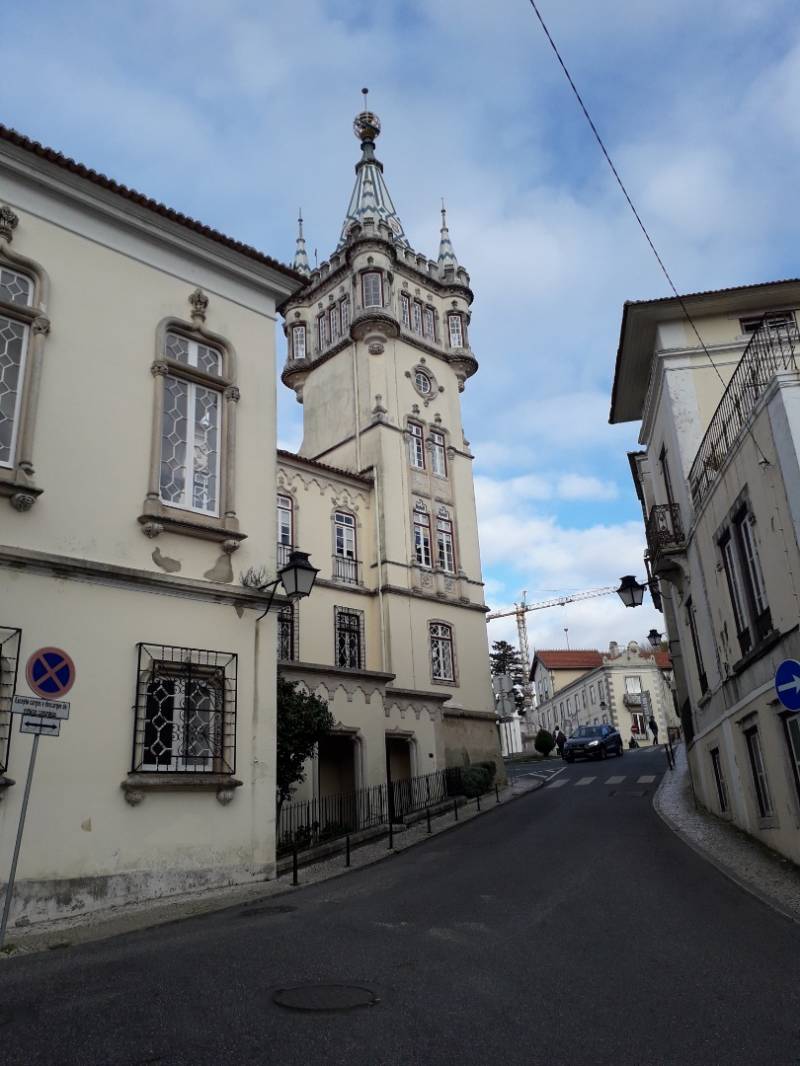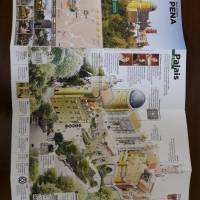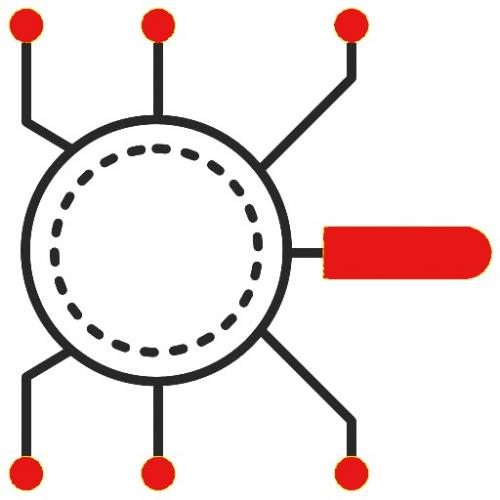Sintra

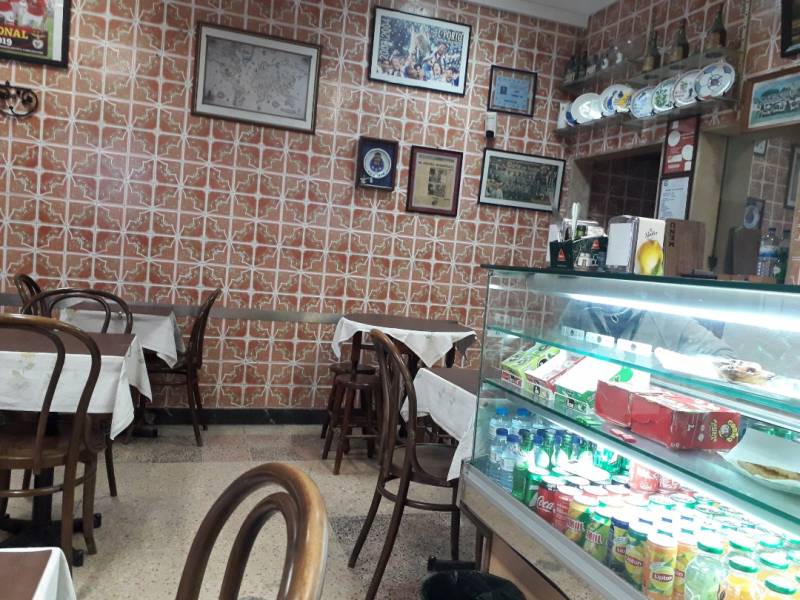
The day begins in a typical bar in Lisbon, close to the hotel. The bar is empty. We are the only customers.
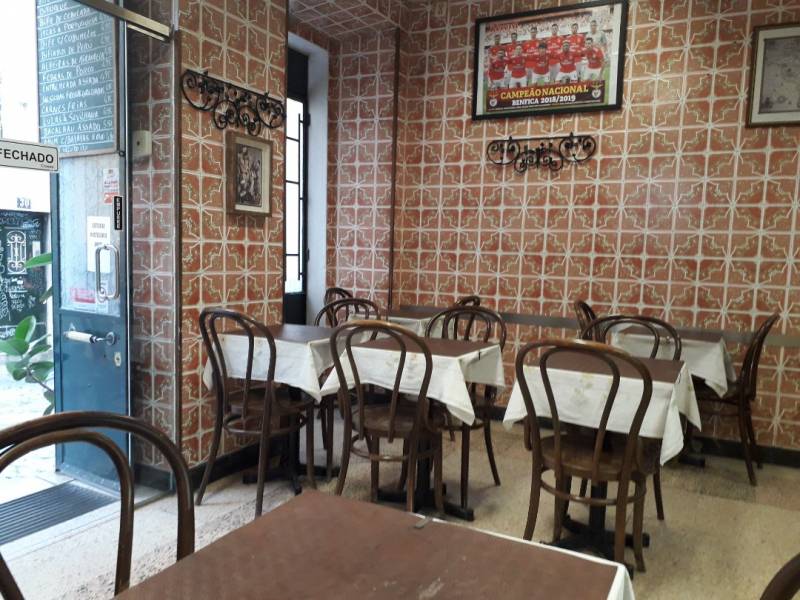
Note the typical Portuguese tiles (Azulejos) on the walls. The choices on the "menu" are very limited. I decided for a very traditional Portuguese breakfast: cappuccino and a Pastel de Nata .
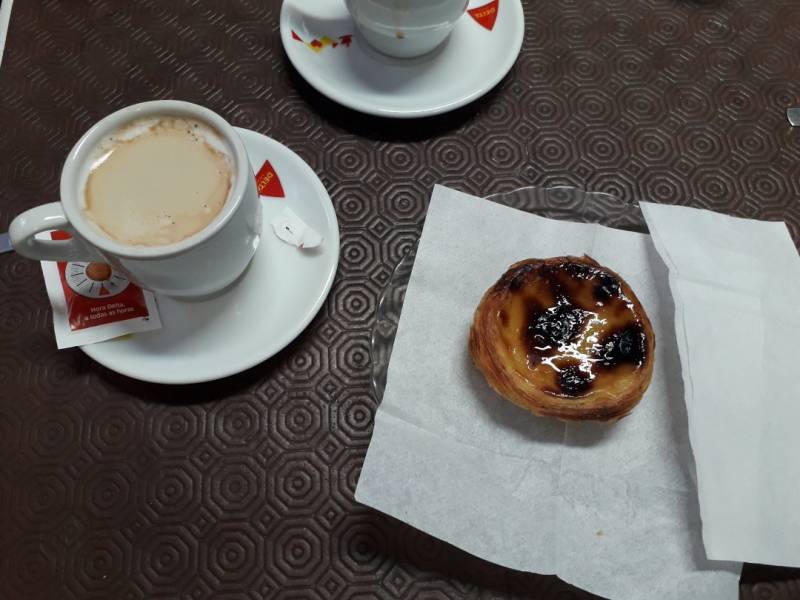
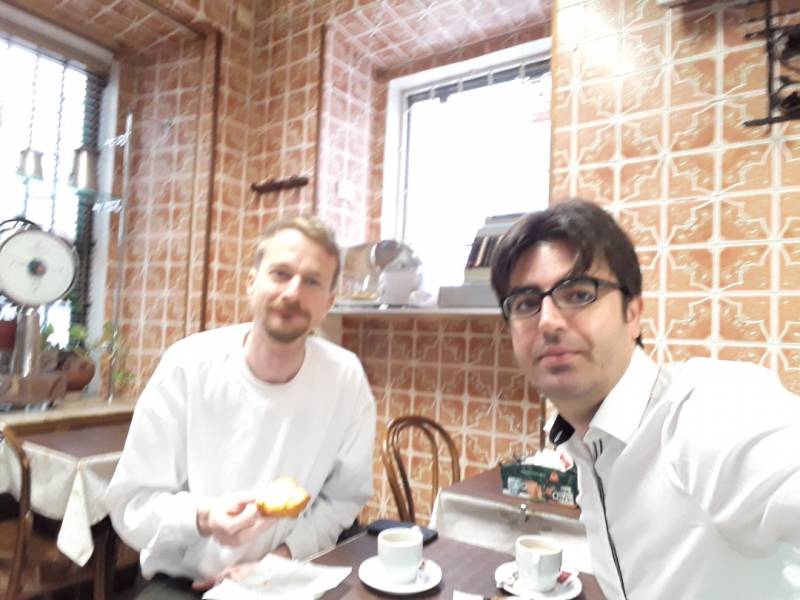
And now, to the train station!
The Trains leaves at 9:41.
Note the lovely monocromatic CRT monitor. It must be quite old !!!
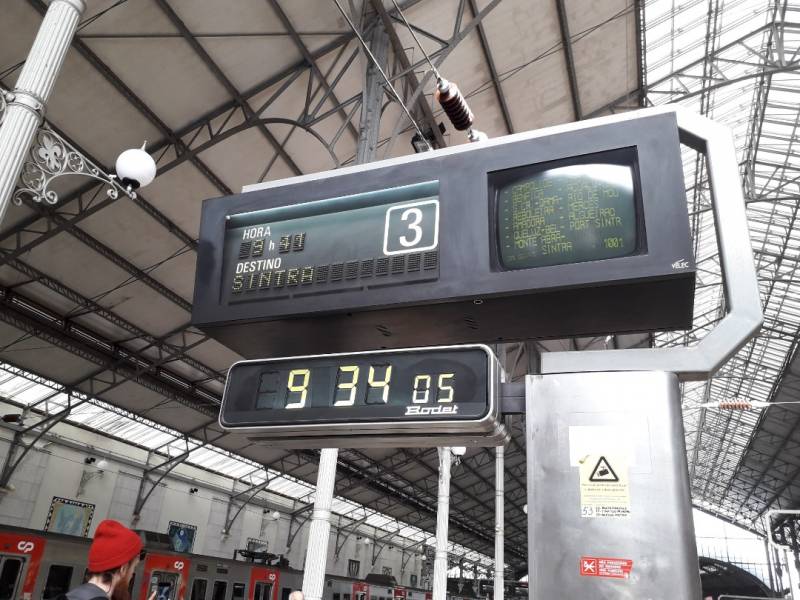
After about an hour by train we reach our destination. First place to visit is Palácio da Pena.
Palácio da Pena
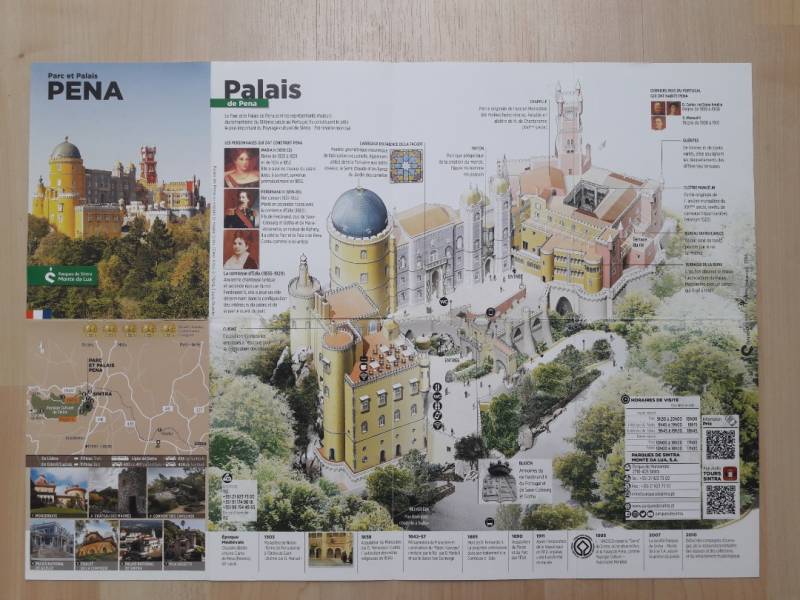
From the plaque next to the main entrance: In 1838, with his own personal fortune, King Ferdinand II acquired the former Hieronymite Monastery of Our Lady of Pena located on the second highest point in the Sintra Hills. He then embarked on a restoration and expansion project that resulted in the Palace of Pena. Within this large scale project, he drew upon memories of the Portuguese voyages of exploration, integrated influences from the Middle Ages, Classical and Manueline architecture alongside a diverse range of other themes and motivations. The palace reflects the taste for the sublime, for grandiose landscapes and the mastery of nature as regards the fragility of the human condition among other feelings particular to Romanticism.
The Palace is located on top of the Sintra Mountains.
The Palácio da Pena as seen from the main street
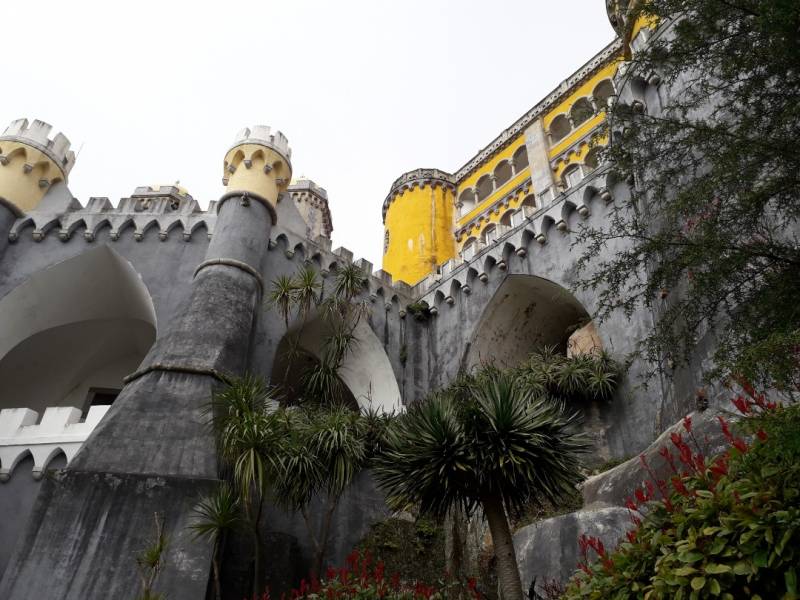
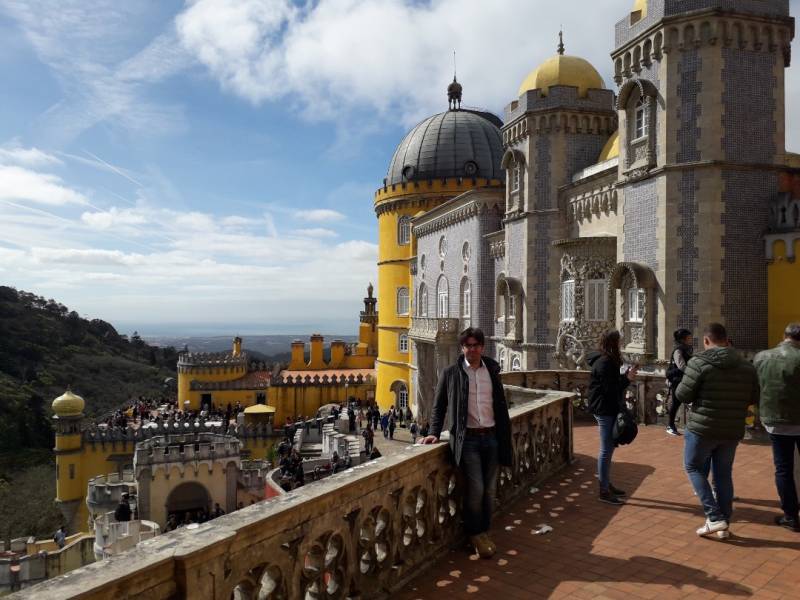
The Castle as seen from the Cuisine terrasse , with the beautiful clock tower on the back.
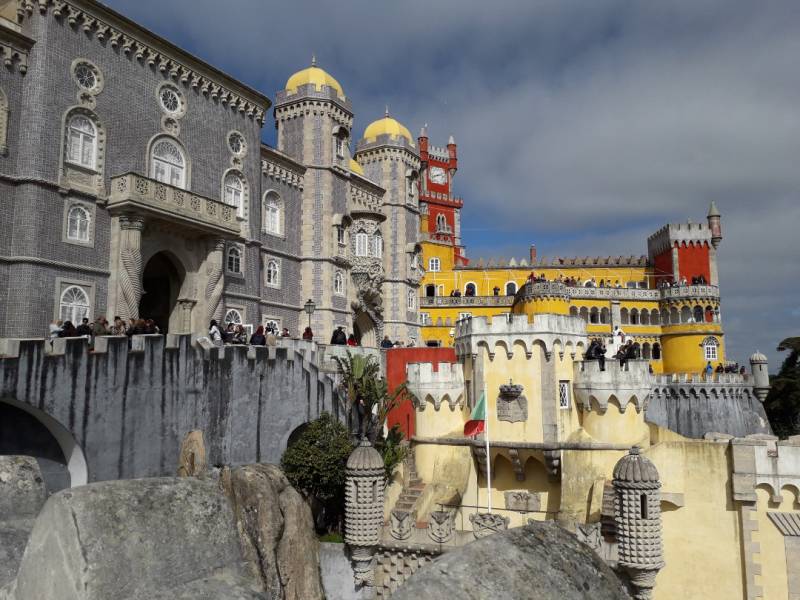
From the same Terrace a fantastic view!
On the hill is my next destination: Castillo de los Moros . It can be easily reached on foot in about twenty minutes walk.
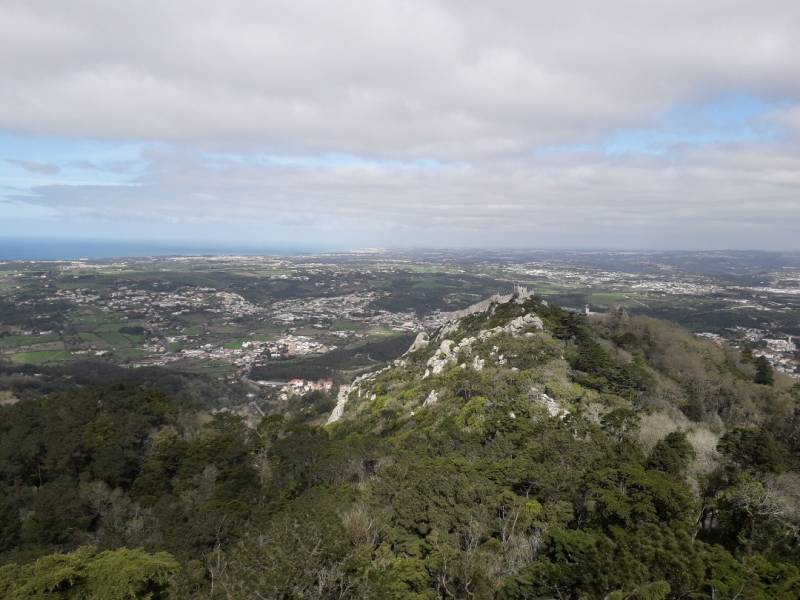
Unfortunately inside the castle was not allowed to take pictures. But i succeed to make some in the Chapelle :)
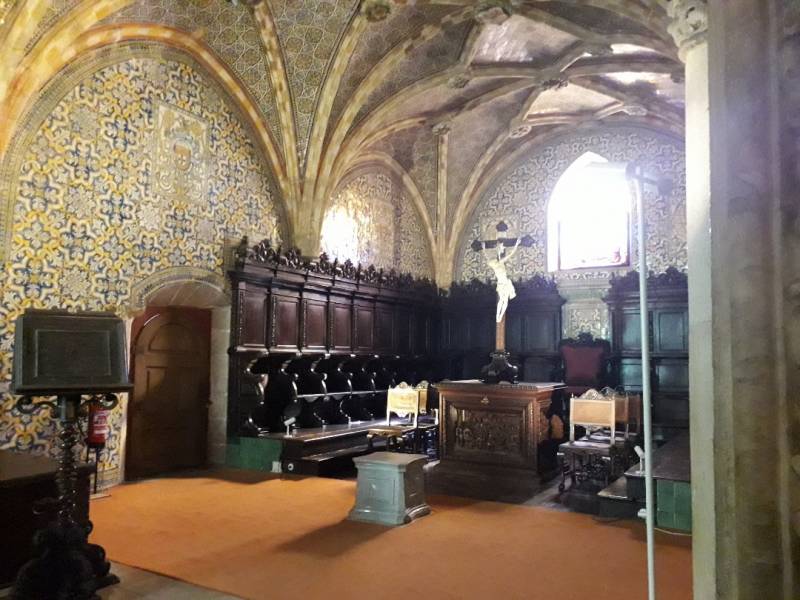
Castillo de los Moros
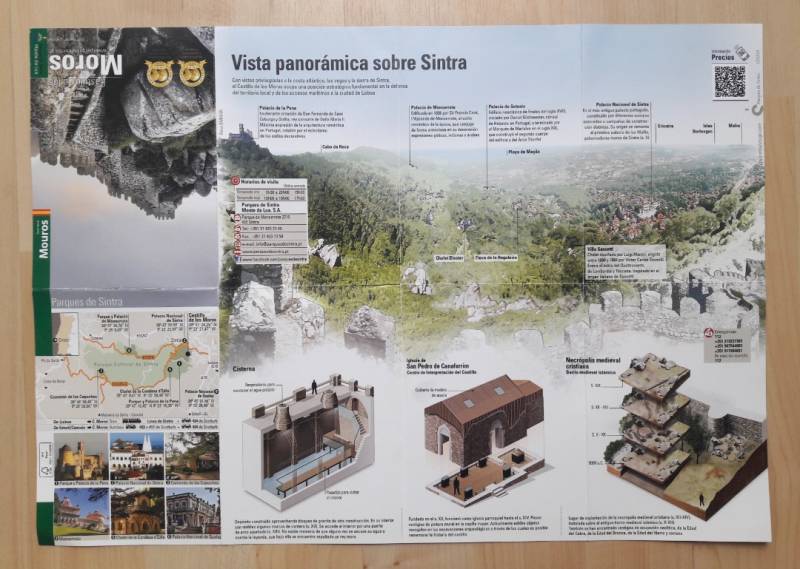
From the top of Castillo de los Moros is a panoramic view of Sintra.
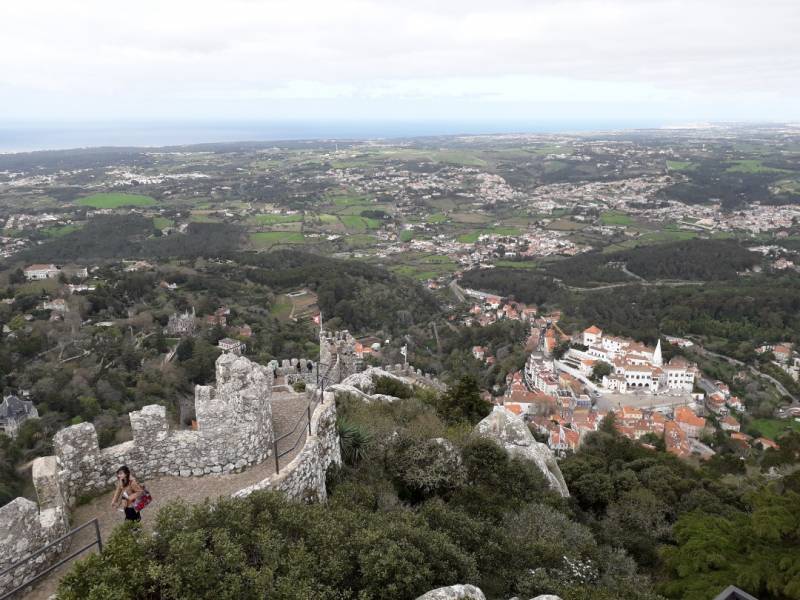
National Palace of Sintra
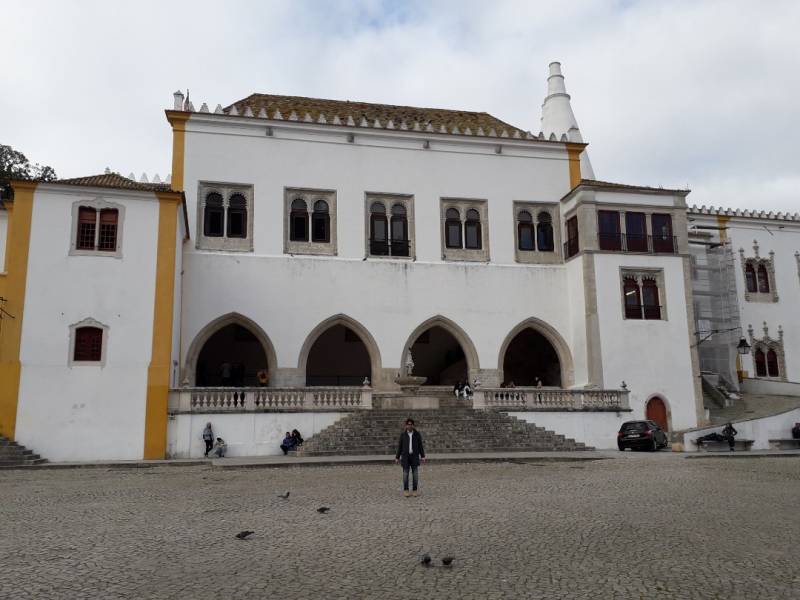
Another Azulejos. You can find something similar all over Portugal.
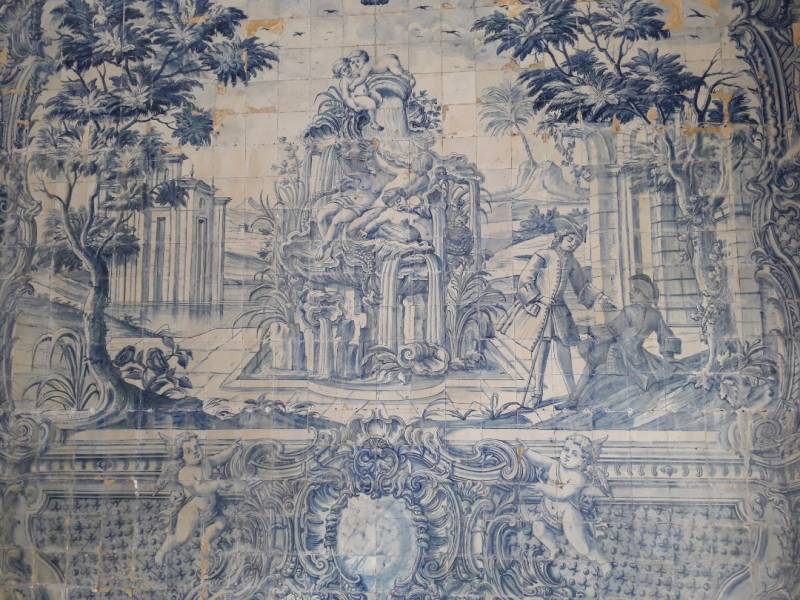
Next is a picture of a corridor inside the Palace. Again, Azulejos everywhere! On the back a cross. They must have been very religious!
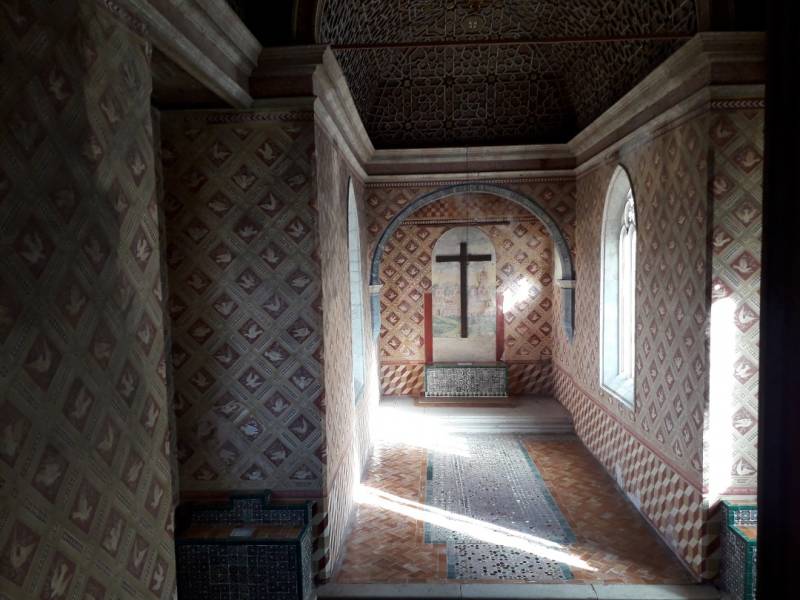
Next picture shows a sleeping room inside the Palace. At the base of the window there are two small stone chairs integrated into the wall. These chairs can be found almost on every window of the building. Probably at that time, without internet, television, ... people were use to sat on those chairs to admire the view?
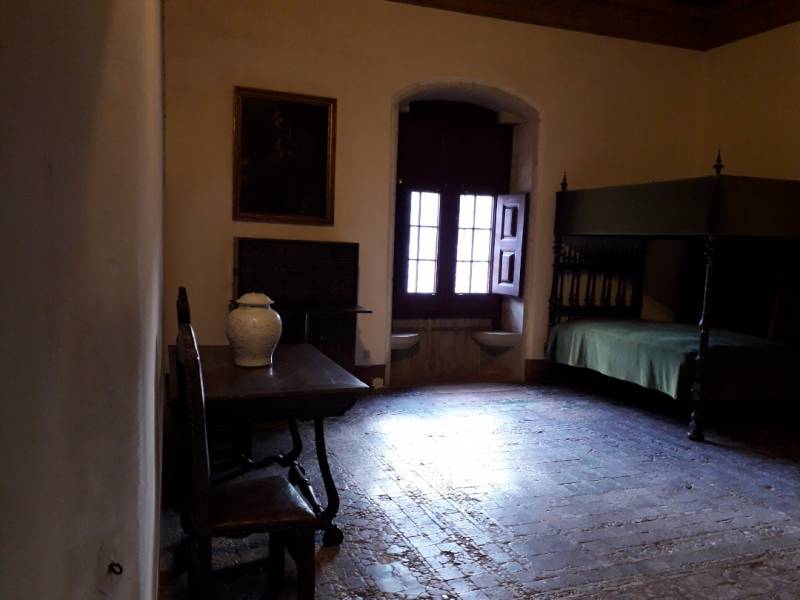
Sintra's city center as seen from the National Palace of Sintra . There are several castles: some big, some small. With the discovery of America, some Portuguese families must have become extremely wealthy in order to build so many castles.
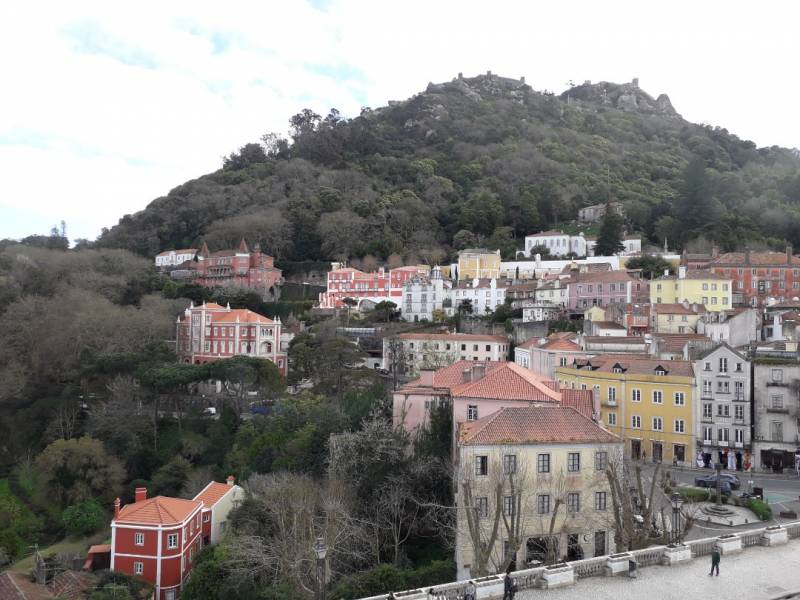
Then, a very short visit to the Sintra Natural History Museum
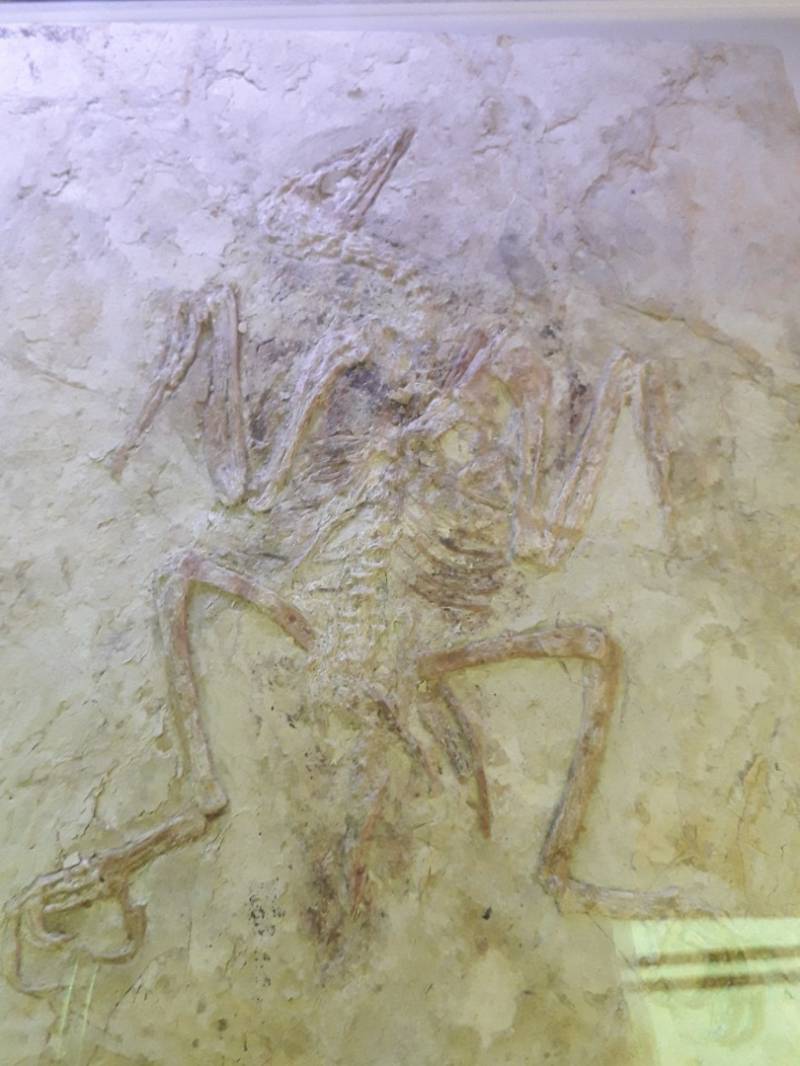
and to conclude ... a fantastic example of a Portuguese architecture in Sintra. Look at the tower. Isn't it beautiful?
